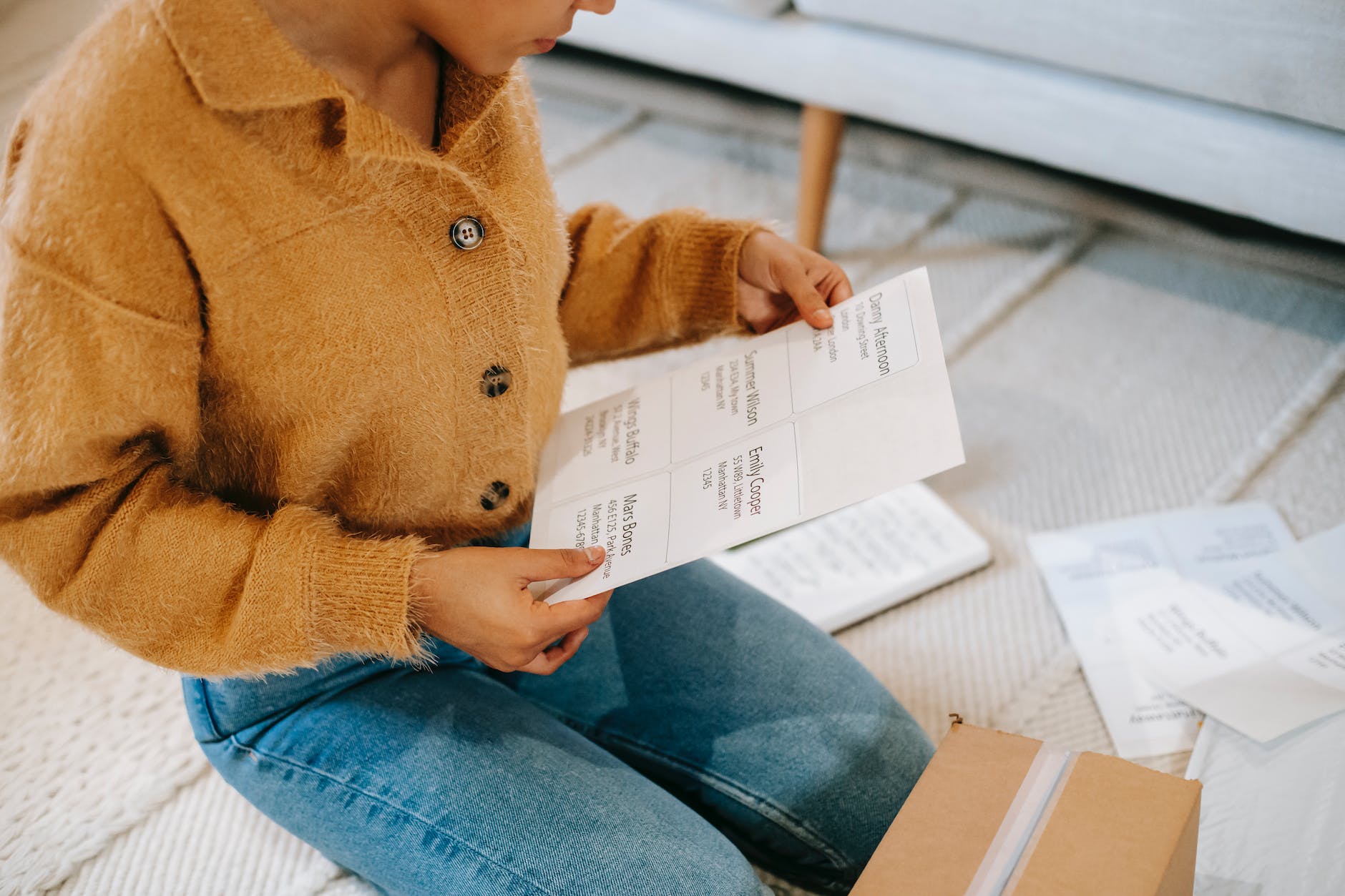Putting a baby to sleep and hoping that the baby stays asleep without waking is the underlining principle for sleep training, whether it be gentle or regular sleep training. I have a one-year-old, and I have tried multiple sleeping techniques, and I also have friends and family who have tried one or both methods in teaching their children to sleep independently.
The main question-to-answer methods you should try when training your baby to sleep and self-soothe independently. So, what is better? Gentle sleep training or just the regular sleep training method when it comes to sleeping methods. We have found that gentle sleep training is more emotionally tolerable for most parents. However, both ways get the same results: the child will still learn to sleep independently eventually.

What is Sleep Training?
So, what is sleep training, and what is the purpose of sleep training? The short answer is that sleep training is a methodology that includes a few different methods. These include the cry-it-out process, the Ferber method, the check and console method, and the fading method (chair Method).
- The Cry it Out Method: It is what it sounds like, which is letting the baby cry it out and then settle down to sleep, which means that you don’t check on the child but let them cry until they fall asleep. There is a bit of a debate on how long you should let a child cry. But the idea is to let the child cry until they fall asleep.
- Observation: this method is tough on most modern parents and has recently lost popularity. However, it was prevalent about 30 years ago. My parents’ generation and medical experts at that time recommended this process and practiced it in clinics.
- The Ferber Method: This is the process of leaving for a time and then coming back in and checking on the child, letting them know that you are still there but not picking up the child from the crib/bed. Includes not feeding or rocking the baby to sleep, patting, or using reassuring words with regular check-ins.
- The Check and Console Method: similar to the Ferber method, only you check on the child before they start crying
- The Fading Method or Chair Method: the idea of this method is to camp out next to the child until they fall asleep. The method could include staying right next to the bed in a chair or bed and then progressively distancing yourself from them each night.
- Observation: This Method worked wonders for me when I tried the sleep training methods. One of the gentlest forms and helped with separation anxiety for my child and me.
What is Gentle Sleep Training?
Gentle sleep training is part of sleep training. Still, this method focuses on not having the child cry. Also, developing a rhythm when it comes to bedtime, such as a bath, book, and then bed, or some other form of constant routine that does not involve tears. The chair method is considered a part of gentle sleep training, pick up and put down, and scheduled awakenings.
- The Chair Method: as mentioned above, slowly distance yourself from your child until they learn to fall asleep independently and doesn’t need as much soothing.
- The Pickup and Put Down Method: this process sounds like soothing the child through physical touch. You pick up the baby when they cry and then put them back down when they settle down again until they settle down and fall asleep.
- Scheduled Awakenings: this method is more for the child who falls asleep fast but wakes up often at night. The idea is to track your child’s waking times and set the alarm. Next, you wake them up about 30 minutes before they wake up and then rock them back to sleep. Do this repeatedly, with the time increasing between awakenings until the child sleeps through the night.

How do they compare?
The comparison between gentle and regular sleep training is the end goal of teaching the child to sleep through the night and if they wake up to self-soothe and rock themselves back to bed.
How do they differ?
The critical difference between sleep training and gentle training is “tears.” Sleep training focuses on letting the child cry, while gentle sleep training focuses on removing the tears and training before the tears start. Suppose you want to read more detail about the many sleep methods and comparisons between them. In that case, I will recommend reading “The Baby Sleep Book” by Robert Sears. I read this book when I first started looking into baby sleep training and found it helpful.

What is better for the baby or the toddler?
When it comes to what is better for the baby or toddler, the jury is still out on this. Many say that the child is not psychologically affected by the crying process and that the result is the same. However, the real stressor and pain are more likely on the parents’ side since they must separate from the child and hear them cry. Listening to a child cry and not reacting to their need for comfort is not a healthy way to parent your child. Based on research, I see that the “long-term” effects of the cry-it-out methods are not substantial on the child; however, the short-term effects are still there. As a parent, I do not want to harm my child in any way, even if it is temporary.

Which method do I use:
As I mentioned above, I tried several methods for sleep training my toddler. We started training our girl to sleep in her room around seven months, and it has been a process since then. We are still trying to get the formula down, as they say. The primary thing I have learned in testing the sleep training theories is that each baby handles sleep schedules differently. In my immediate group of friends and family, I have seen multiple ways moms have taught their children to sleep. Some moms put the child in the crib at 3/4 months and only come into the room when the baby needs to breastfeed. Others got co-sleepers and still co-sleep with their child. Still, others just let the child cry and eventually settle down.
My method has evolved throughout this process. We started with a co-sleep next to the bed and then on the bed for almost six months. Afterward, I shifted my daughter’s co-sleeper into the crib to get her used to the crib. After that, we got an actual bed where I put her to bed and then moved her to her crib after she fell asleep next to me. Currently, I put her in the crib and let her settle down as I pat her back and sit next to her. I have noticed that most nights, this works, even sometimes just putting her into the crib and letting her settle down and fall asleep on her own from time to time. Therefore, the best method has been gradual distancing (Chair Method) and creating a bedtime routine.
In conclusion:
There is no perfect formula for training a toddler to sleep, nor is there an ideal method for sleep training. However, as a parent, it is good to know them all and at least try out a few and see which one works best for you. If you have used a sleep training method which one did you use? And which one did you prefer? I would love to hear your opinion; please comment below.
